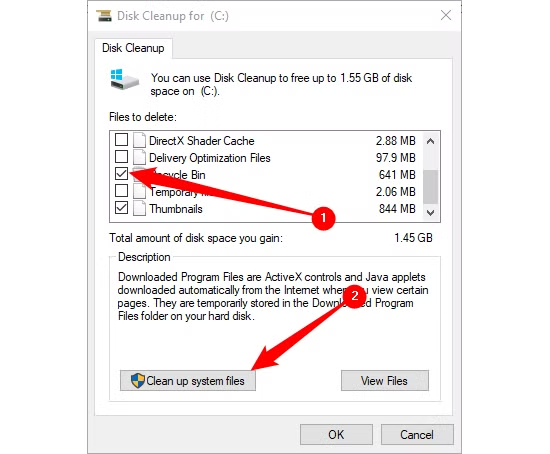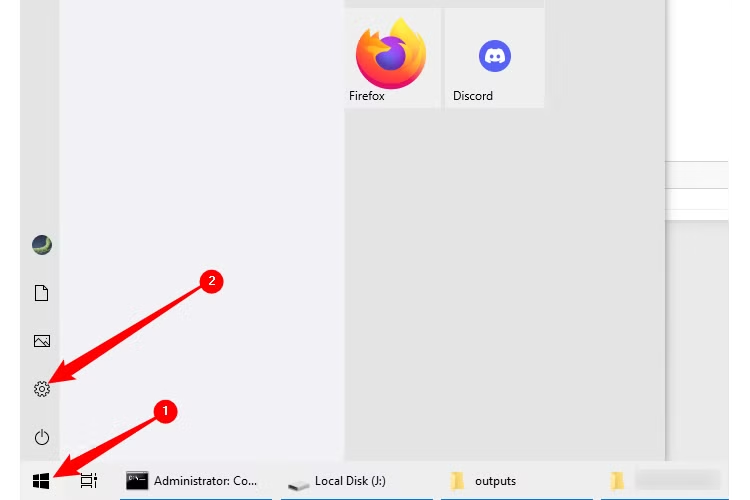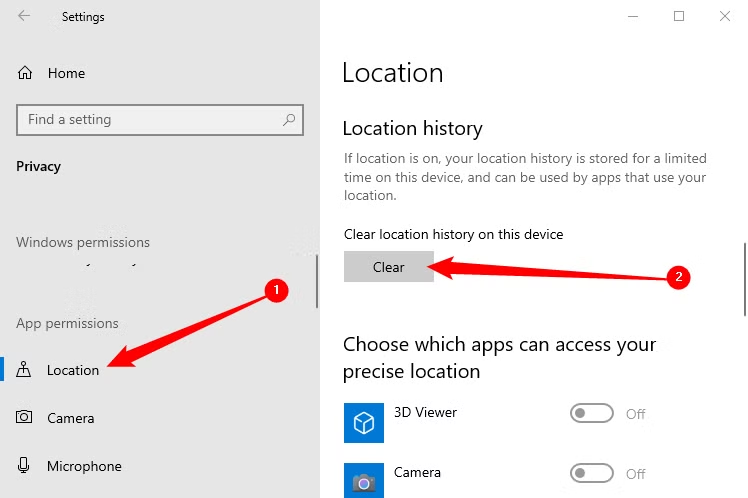Windows 10 cache decryption: mechanism, benefits and limitations
Windows 10 cache analysis: how the system cleans temporary files, DNS, Windows Store, and locations with built-in tools; performance benefits, capacity, and limitations.
Windows 10 cache, like in browsers, can help troubleshoot problems, improve performance, and free up disk space. This article looks at the layers of caches Windows 10 keeps and how the operating system clears them using built-in tools: Disk Cleanup, the ipconfig /flushDNS command, the wsreset.exe utility for the Windows Store, and clearing location history in Settings.
Why Windows 10 needs to clear cache periodically
According to the source, clearing the cache is a good first step to troubleshooting system errors, optimizing performance, and reclaiming space. Over time, temporary files and intermediate data can accumulate, filling up disk space and affecting user experience. Clearing the cache focuses on data that can be safely deleted, resulting in a “cleaner” system session.

Main cache layers and cleaning mechanism in Windows 10
Temporary files with Disk Cleanup
Disk Cleanup calculates how much space can be freed on the drive (the default is the operating system drive). Scroll down and select Temporary Files; you can also select locations like Recycle Bin and Downloads. Then, select Clean Up System Files, confirm the categories to delete, click OK, and then Delete Files to start the process. Disk Cleanup will remove unnecessary files and may take a few minutes to complete.
DNS Resolver Cache with ipconfig /flushDNS command
To clear the DNS cache, open Command Prompt with administrative privileges (Run as Administrator). Run the command:ipconfig /flushDNS. The system will return a message confirming that the DNS Resolver Cache was successfully cleared. According to the source, you can do this using PowerShell if you prefer.

Windows Store cache with wsreset.exe
Open the Run dialog box (Windows+R), typewsreset.exeand press OK. A black window will pop up for a moment to clear the cache, then the Windows Store will launch with a blank screen and a loading sign. When the black window closes, the cache will be cleared and the Store app will open; you can close the Store window if you don't need it.
Location history in Settings
Open Settings (Windows+i), go to Privacy. In the left pane, select Location. In the Location section, click Clear under Location History On This Device to delete the location history saved on the device.

Summary table of cache cleaning tools and tasks
| Cache type | Tools/Commands | How to activate | Results/Confirmation |
|---|---|---|---|
| Temporary files | Disk Cleanup | Find Disk Cleanup in Start, select Temporary Files, select Clean Up System Files, OK and Delete Files | Delete temporary files; this may take a few minutes. |
| DNS Resolver Cache | ipconfig /flushDNS | Command Prompt (Run as Administrator); can use PowerShell | DNS Resolver Cache successfully cleared notification |
| Windows Store | wsreset.exe | Run (Windows+R) → enter wsreset.exe → OK | Black window flashes; Windows Store launches after cache is cleared |
| Location history | Settings → Privacy → Location | Click Clear under Location History On This Device | Location history on device is cleared |
Advantages and practical impact
- Troubleshooting: A good first step when encountering system errors (source).
- Improved performance: Reduces the impact of temporary data buildup on user experience.
- Free up space: Reclaim space from temporary files, recycle bin or download area when selected.
- Based on built-in tools: No need to install additional software; operate directly on Windows 10.
Limitations and points to note
- Confirm permanent deletion: Disk Cleanup displays a warning; if Recycle Bin or Downloads is selected, consider before deleting.
- Admin rights: Clearing DNS requires running Command Prompt with admin rights.
- Processing time: Cleaning up temporary files can take several minutes depending on the volume of data.
- Decentralized operations: Each cache type is located in a different tool/path (Disk Cleanup, Command Prompt, Run, Settings), requiring separate execution.
Short comparison and usage orientation
The source says clearing the cache on Windows 10 is “similar to clearing the browser cache” in its troubleshooting, speed-up, and space-saving goals. The difference is in scope: browsers only impact browsing data, while Windows 10 organizes multiple layers of system caches like temporary files, DNS, Windows Store, and location history, each with its own cleaning tool.
Among the built-in tools, Disk Cleanup is suitable for large-scale cleaning of temporary files and areas like the Recycle Bin or Downloads; ipconfig /flushDNS focuses on the domain name resolution layer; wsreset.exe is specialized for the Windows Store; and Settings handles the location data group. Depending on the problem (Store app problems, DNS resolution irregularities, or a full disk due to temporary files), users choose the right tool to achieve significant results.
Conclude
Clearing the cache on Windows 10 is a simple system operation but has practical effects: troubleshooting, improving performance and freeing up space. With the four built-in tools listed above, users can proactively handle each cache layer in a safe and controlled manner.


